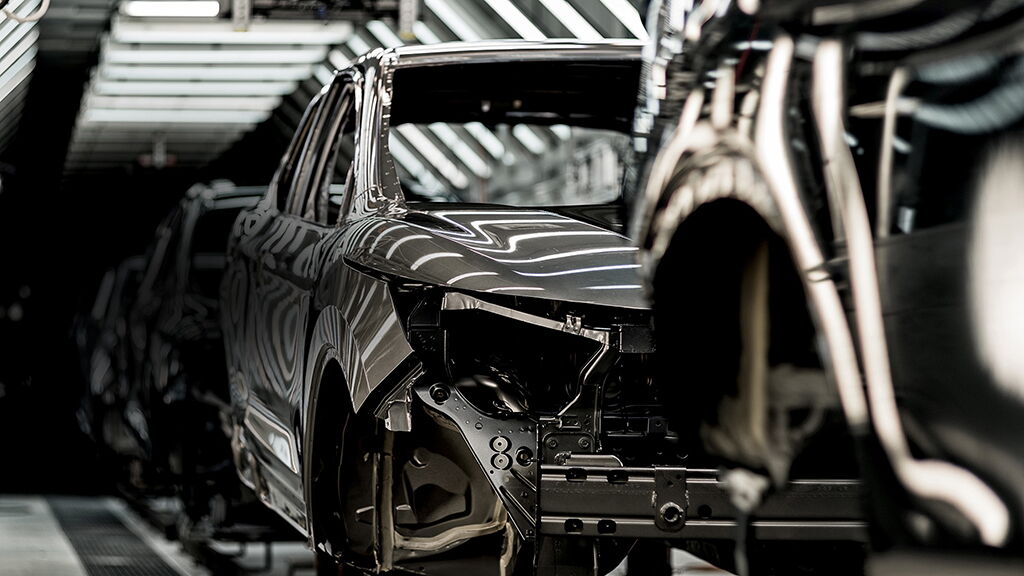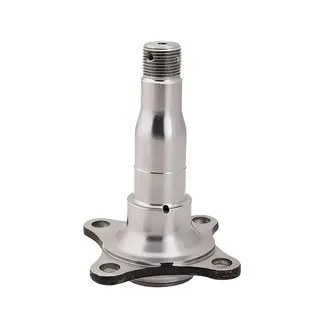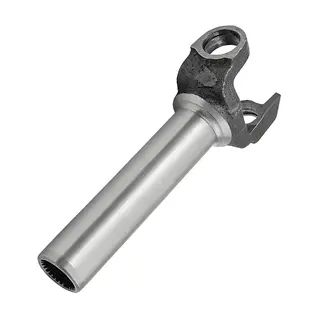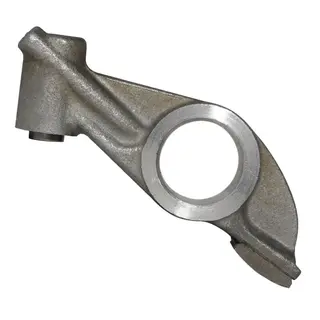Metal forged parts are produced through the forging process, a manufacturing technique that shapes metal using high pressure and temperature. This process optimizes the material's grain structure, making forged components more durable, reliable, and resistant to wear, fatigue, and impact. As a result, forged auto parts are recognized for their superior performance in demanding automotive applications.
Forged parts play a crucial role in the construction of various critical components of automobiles. Some of the key applications include:
Engine Components: Crankshafts, connecting rods, camshafts, and valves.
Transmission Systems: Gears, shafts, and clutch components.
Suspension and Steering Systems: Control arms, knuckles, and steering linkages.
Chassis and Structural Components: Axle beams, frame brackets, and cross members.
Braking Systems: Caliper brackets and rotor hats.
The forging process delivers parts with exceptional strength and reliability compared to other manufacturing methods such as casting or machining. By aligning the grain structure of the metal along the part’s contour, forging significantly improves the material's performance under stress. This is particularly important for components subjected to high levels of impact, fatigue, and temperature variations, such as engine parts.
Forged parts are often the material of choice in automotive applications where performance and durability are paramount. Unlike cast parts, which may contain voids and porosity, forged parts are denser and stronger, leading to better long-term performance. Additionally, forging minimizes material waste and provides high precision, making it a cost-effective option in the production of key automotive components.
Enhanced Strength: Forging produces parts with superior mechanical properties, making them highly resistant to stress and wear.
Precision and Durability: With fewer imperfections than cast or machined parts, forged components last longer and perform more reliably.
Cost Efficiency: The closed-die forging process creates near-net shapes, reducing the need for additional machining and thus saving on production time and cost.
Die forging, especially the closed-die method, is widely used to produce automotive parts from a variety of materials, including carbon steel, alloy steel, aluminum alloy, and stainless steel. This versatility allows manufacturers to tailor components to meet specific automotive requirements, whether for traditional vehicles or the rapidly growing electric vehicle market.



